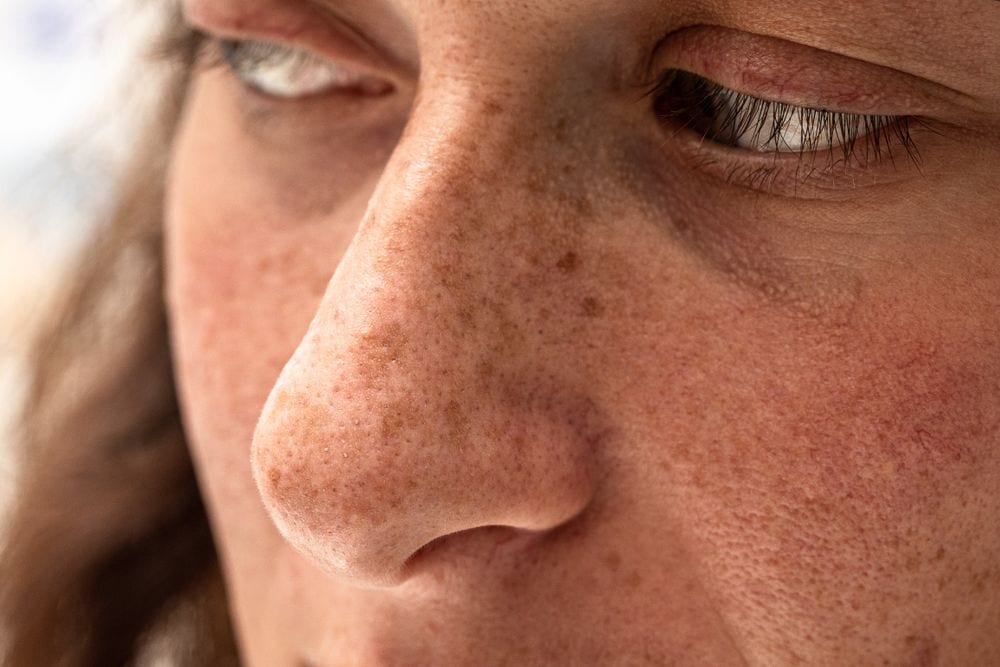
Image Source: Google
Hyperpigmentation is a common skin condition that occurs when patches of skin become darker in color than the surrounding skin. This can be caused by a variety of factors, including sun exposure, hormones, and inflammation. To understand more about hyperpigmentation and how to effectively treat it, we turned to a dermatologist for expert advice.
According to the dermatologist, hyperpigmentation can be classified into different types, including post-inflammatory hyperpigmentation, melasma, and sun-induced hyperpigmentation. Post-inflammatory hyperpigmentation often occurs after an injury or inflammation of the skin, such as acne or eczema. Melasma is a type of hyperpigmentation that is linked to hormonal changes and is often seen in pregnant women or those taking oral contraceptives. Sun-induced hyperpigmentation, on the other hand, is caused by prolonged sun exposure and UV damage. You can navigate to Dr Firas Al-Niaimi to get more details about dermatologist hyperpigmentation.
When it comes to treating hyperpigmentation, the dermatologist emphasized the importance of using sunscreen daily to prevent further darkening of the skin. In addition to sun protection, there are a variety of treatment options available, depending on the type and severity of hyperpigmentation. These may include topical creams containing ingredients like hydroquinone, retinoids, or kojic acid, as well as procedures such as chemical peels, laser therapy, or microneedling.
For those dealing with post-inflammatory hyperpigmentation, the dermatologist recommends focusing on treating the underlying cause of inflammation, such as acne or eczema, in order to prevent further darkening of the skin. This may involve using topical medications or undergoing treatments like light therapy or chemical peels to help fade the dark spots.
When it comes to melasma, the dermatologist advises patients to avoid triggers like sun exposure and hormonal fluctuations. In addition to using sunscreen and sun-protective clothing, treatments for melasma may include topical creams containing ingredients like hydroquinone, retinoids, or azelaic acid, as well as procedures like chemical peels or laser therapy.
Sun-induced hyperpigmentation can be particularly stubborn to treat, as the damage is often deeply embedded in the skin. However, the dermatologist recommends a combination of sun protection, topical treatments, and in-office procedures to help lighten the dark spots. This may include using sunscreen with a high SPF, wearing protective clothing, and using topical creams with ingredients like vitamin C or niacinamide.
It's important to keep in mind that treating hyperpigmentation is a gradual process, and it may take several weeks to months to see noticeable results. The dermatologist stresses the importance of patience and consistency when it comes to treating hyperpigmentation, as well as following a comprehensive skincare routine that includes gentle cleansing, moisturizing, and exfoliating.